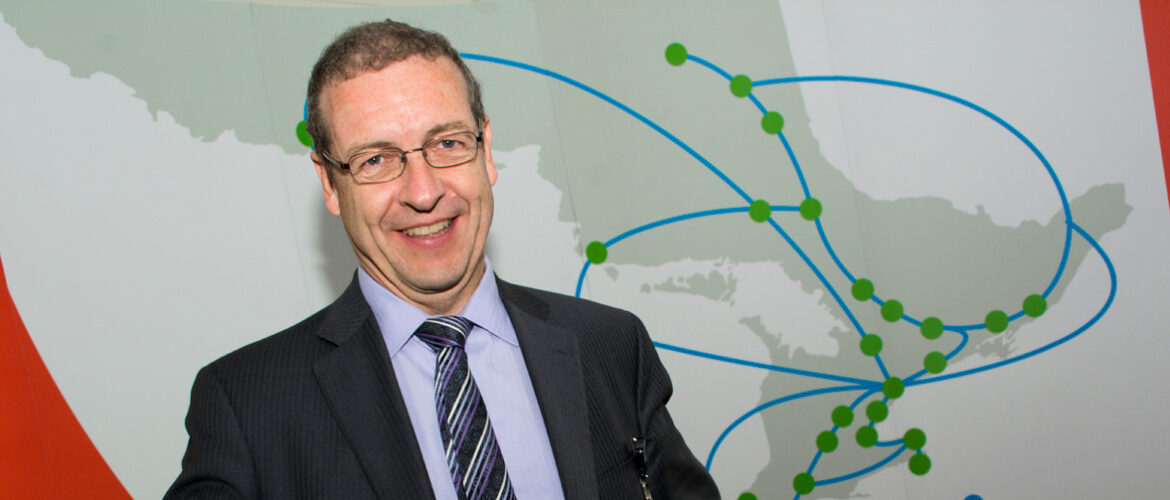In the Internet of Things (IoT), devices need connectivity to send data they collect to repositories for analysis and then to institutions where people can make data-powered decisions. With connectivity like ORION, the gateway to discovery is opened, enabling data to be transformed into meaningful innovations to improve our quality of life.
Intelligent community
It’s another day in an intelligent community: your family is planning to visit Grandma at the hospital. You drop into the local library and use the 3D printer to make her a personalized gift. Connectivity enables you to find, customize and send the 3D schematic to the library printer. Then, as you’re driving to the hospital, your connected car finds, books and pays for a parking spot. Connectivity enables the hospital’s parking system to communicate with the city’s parking database and feed this information to the city’s app, but it also allows them to charge it to your next utility bill, as your account preferences indicate. Next, as you embrace Grandma, you notice a device on her shirt, which monitors her movements and other vitals. Through connectivity, this device sends relevant data to an advanced computing research facility for analysis, then back to her caregivers – who are prompted to early interventions before Grandma even needs help, improving her health while reducing the associated costs.
This is the Internet of Things (IoT), where connectivity enables millions of sensors and devices to produce technological advances for society. And this future is not so far away. In fact, in York Region it arrived in October 2015, when an ORION Point-of-Presence (PoP) was installed at Southlake Regional Health Centre, connecting the centre to a 10-gigabit-per-second (Gbps) optical fibre network.
The PoP will act as a gateway for York Region, supporting intelligent community growth, using IoT to transform life and work. “The ORION PoP is a key component of the broadband strategy outlined in our Economic Development Action Plan,” York Region chairman and CEO Wayne Emmerson said. “It will significantly enhance research and collaboration capabilities, which in turn will foster innovation and economic development across York Region.”
In addition, the Southlake PoP will enable collaboration between the centre’s researchers and their colleagues – whether they are in another part of the community or around the world – allowing them to exchange vast amounts of data in real time. For instance, Southlake’s health care business incubator, CreateIT Now, partners with Seneca College, York University, Venture Lab and the Town of Newmarket. The incubator supports new ventures by providing them with access to resources like connectivity so that ventures, researchers and users can all collaborate on health care solutions via a powerful network.
In fact, it was out of CreateIT Now that the medical device worn by Grandma was invented – it’s designed to track movement to prevent bedsores, and soon to be introduced at Southlake (and marketed to the wider medical community). For now, data collected from the device will be shared within Southlake, but, through ORION, it can also be made available to researchers anywhere medical innovation requires it. “Our clinical team gave the developers a lot of feedback on the device,” said Gary Ryan, Southlake’s chief innovation officer. “And they were able to re-engineer the product and come back with something that is ready for a real-world trial.”
Pushing Boundaries
While York Region and Southlake have kick-started their journey, other communities are planning to follow suit. York Region hopes to inspire leaders across the province – including other community hospitals – to introduce similar networks and help advance the boundaries of medical and health sciences.
When it comes to describing the potential of the 21st century, Southlake’s CEO Dave Williams put it best: “With this speed and bandwidth at our fingertips, our imagination is no longer limited by our connectivity.”

